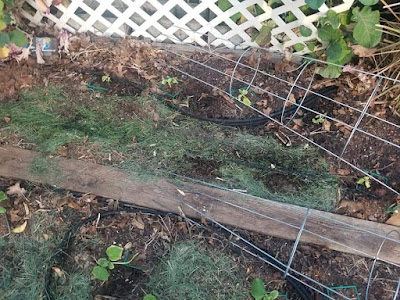After years of only growing cucumbers and melons in the fertile garden, I asked my friend if I could grow sweet potatoes in his garden. The reason why I chose sweet potatoes was because between the political climate, the pandemic and people panic-purchasing – sweet potatoes seemed like a very reliable food supply. Despite having plenty of minerals in the soil, the contents of the fertile garden are primarily clay soil. Fortunately, sweet potatoes not only love warm climates like mine, but also tolerate clay soils very well.

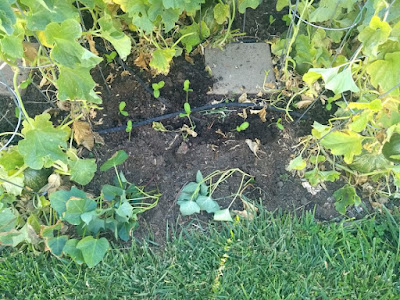
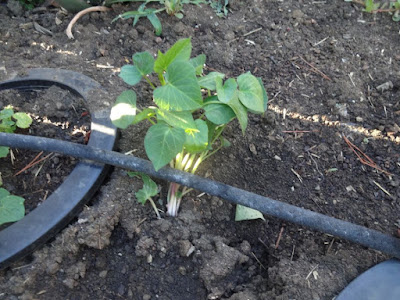

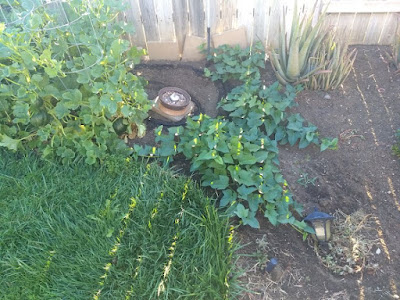
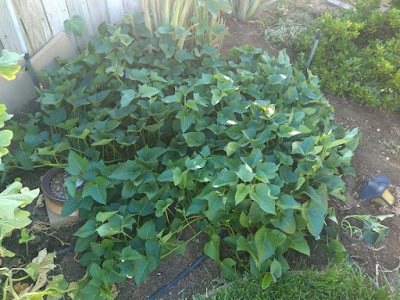






For those who may not have grown sweet potatoes in the garden, there are some really good reasons why a gardener may want to consider growing them. The primary reason is to provide a living mulch. Sweet potatoes are very good at being a groundcover over the first 3-6 inches of vertical garden space. While big-box stores will sell sweet potatoes as a filler for flower decorations, in the garden, the vines create a lower layer that makes use of the area around and below taller-growing summer plants, minimizes evaporation and quickly smothers the territory of developing weeds. Though it may seem counterintuitive that a plant which requires water would actually decrease water usage, sweet potatoes can be a net water-saver when grown over bare soil because of their minimal loss of water through transpiration.








Sweet potatoes are also very good with producing a lot of food while utilizing minimal resources. Though sweet potatoes do require water, soil and lots of sun, they are not fussy about how they grow. And they produce plenty of food for the amount of effort expended. One interesting thing about sweet potatoes is that the tubers do tend to set in areas where there is something solid, so if there is a large rock or paver in the garden – or even a border between the garden and other landscape – the gardener may be finding sweet potatoes around these areas.















The biggest drawback to sweet potatoes is the harvest. Unless a gardener has very loose soil and the sweet potatoes are top-setting, quite a bit of soil may need to be moved around to find the whole crop. When I refer to top setting, this means that the tuber sets near the base of the plant, instead of further away and deeper into the ground. One of the most frustrating things to do is to try to dig deep-setting sweet potatoes in wet clay soil. Not is this a painstaking process, but it also really damages the structure and aerobic capacity of the soil.




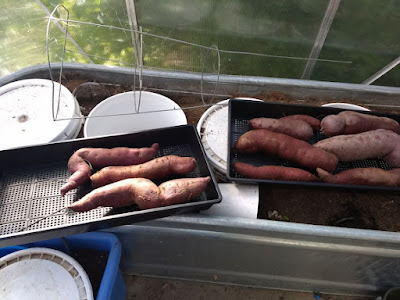
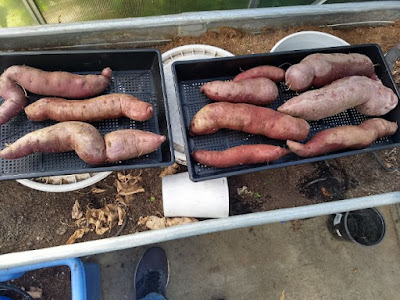
Unfortunately, by the time we got to removing the sweet potatoes from the garden, wet clay is what we had to deal with. But fortunately, Dingess Purple is relatively good at making top-setting tubers, so we didn’t have to look too far to find most of the crop. I felt very blessed to have family who helped me with both harvesting and cleaning the potatoes so we would have plenty of potatoes to make our traditional purple sweet potato pie.




